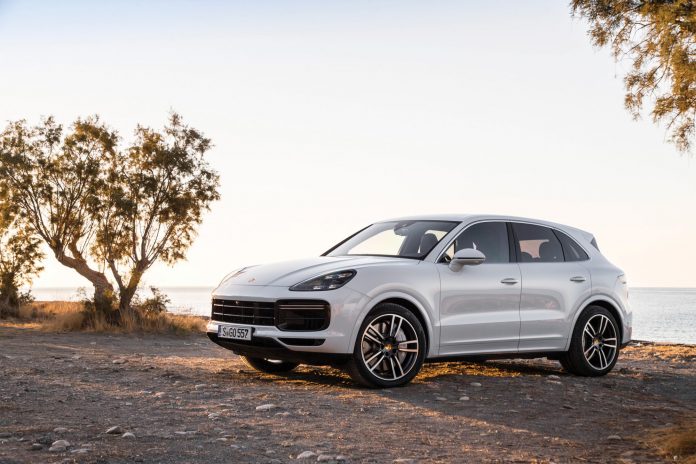By: Guilherme Marques
The end of Porsche. That’s how the majority of the millions of fans of the brand – and its few detractors – saw the launch of Cayenne’s first generation. After all, how could a manufacturer, that until then had only produced sports models, be successful with an SUV weighing over two tonnes?
But the story didn’t go as most people expected. It went more as Porsche had imagined. The first innovative Porsche family car sold 270,000 units, opening the doors to an epochal change for the German brand.
 The first Cayenne ended up selling more alone than the 911 and the Boxster together, and created a financial freedom never experienced by Porsche until then, enabling the development of the first Cayman and the 997 and 911 generations. The truth is that if Porsche is today the most profitable car brand, that’s thanks to Cayenne.
The first Cayenne ended up selling more alone than the 911 and the Boxster together, and created a financial freedom never experienced by Porsche until then, enabling the development of the first Cayman and the 997 and 911 generations. The truth is that if Porsche is today the most profitable car brand, that’s thanks to Cayenne.
The second generation, launched in 2010, found more than half a million clients around the world and could have sold more, if Porsche hadn’t meanwhile launched the Panamera and the Macan, two roaring successes.
 Thanks to the new path opened by its SUV, Porsche today has an extraordinary catalogue of seven products and hit its sale record in 2017 with more than 246,000 units sold on a global level. The cars have never been as complete and have never experienced such an untouchable reputation as the one they are enjoying 70 years after the birth of the brand. The future is also very promising, with the arrival of the first electric Porsche, Mission E, in 2019.
Thanks to the new path opened by its SUV, Porsche today has an extraordinary catalogue of seven products and hit its sale record in 2017 with more than 246,000 units sold on a global level. The cars have never been as complete and have never experienced such an untouchable reputation as the one they are enjoying 70 years after the birth of the brand. The future is also very promising, with the arrival of the first electric Porsche, Mission E, in 2019.
For now, the third Cayenne generation is the biggest novelty. With an aesthetic form close to the second generation but with the most refined and appealing lines ever, it is increasingly more difficult to resist what is still the reference for the luxury SUVs. The new Cayenne is proof that a vehicle of five meters in length and weighing two tonnes, can in fact be very, very beautiful.
 The inside of the car reflects the development of the external aesthetics, with the introduction of the Virtual Cockpit seen in the new Panamera and the elimination of almost all buttons, which are passed onto the infotainment system. The quality is astounding, the well-being on board better than ever and comfort continues to surpass expectations, which were already high.
The inside of the car reflects the development of the external aesthetics, with the introduction of the Virtual Cockpit seen in the new Panamera and the elimination of almost all buttons, which are passed onto the infotainment system. The quality is astounding, the well-being on board better than ever and comfort continues to surpass expectations, which were already high.
In terms of engines, the range begins with the Cayenne V6 with 340 horsepower and continues onto the interesting Cayenne S, also with a V6, but with twin-turbo and 440 horsepower, offering performance worthy of a sports car. Finally, the powerful Cayenne Turbo comes with a v8 of 4 litres with 550 horsepower, which means 0-100km in 3.9 seconds and 286km/h at maximum speed.
Almost 30 years ago, in 1989, Ferry Porsche said that if Porsche made an all-terrain vehicle following the brand’s quality standards, people would buy it. But certainly even the son of the founder couldn’t anticipate the tremendous impact Cayenne would have on the industry in general and on Porsche in particular. Today, it is the most emblematic model following the iconic 911, outweighing even the two mid-engine sports cars, the 718 Boxster and the Cayman. Cayenne will also be viewed as an icon.
























